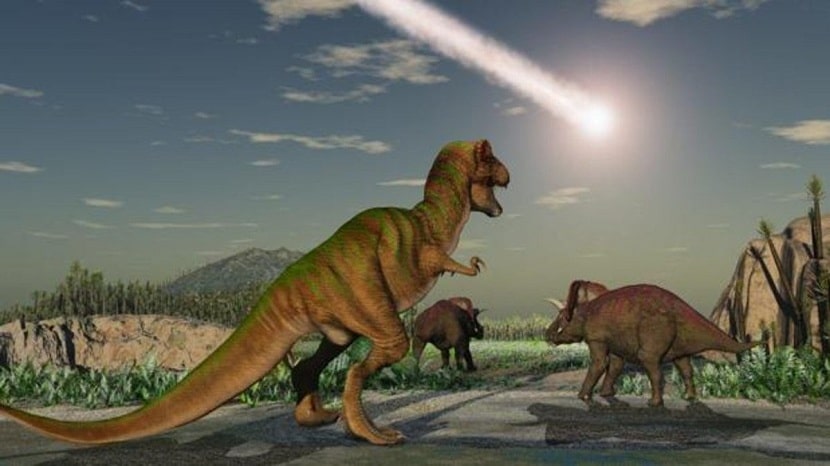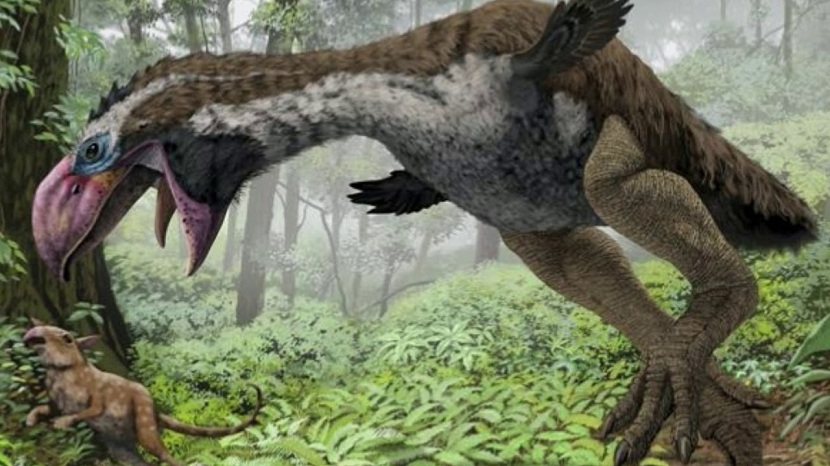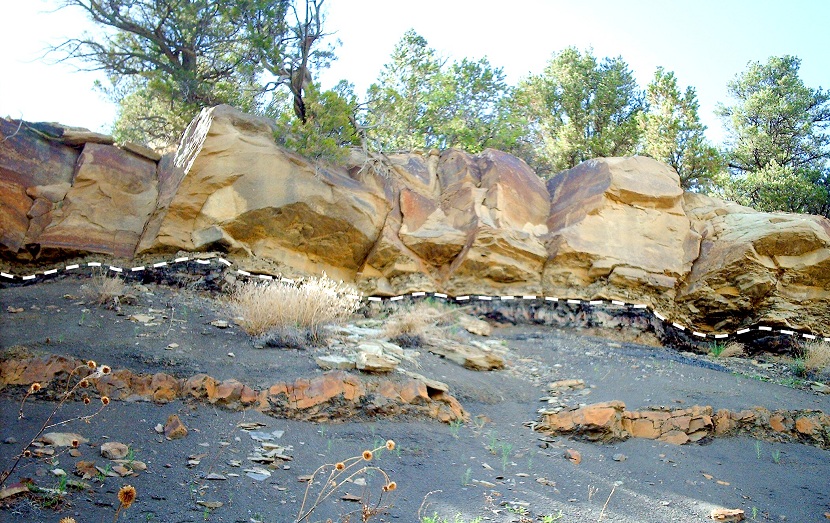
El Cenozoic it is divided into several epochs. One of them is the Paleocene. It is one of the geological epochs that lasted from about 66 million years ago to about 56 million years ago. This epoch covers about 10 million years and was located after the famous process of mass extinction of dinosaurs. At this time, the planet was in one of the most hostile conditions that it has experienced throughout its history. However, over time it has stabilized until the planet has become a perfect place to live and where most plants and animals can survive.
In this article we are going to tell you everything you need to know about the Paleocene.
Key features

As we have mentioned before, this geological epoch lasts for approximately 10 million years. During this time there was an intense geological activity. This means that our planet was very active from a geological point of view. At this time the super continent called Pangea was still in full separation. The tectonic plates and they are increasing their movement and the continents there are moving towards the location they have at present.
This time shone for its abundant biodiversity. During the Paleocene many groups of animals could survive this mass extinction that caused the disappearance of the dinosaurs. In the previous period, they were able to adapt to the environmental conditions that remained after that extraordinary event and were able to diversify, occupying large tracts of land.
The high geological activity was predominated by the movement of the tectonic plates. During this time it confirmed the formation of the Laramide orogeny. This process is very important from the point of view of geology since it gave immediate consequences to the formation of several mountain ranges existing today in both North America and Mexico. These mountain ranges are the Rocky Mountains and the Sierra Madre Oriental.
Gondwana was one of the largest supercontinent after Pangea. This supercontinent also continued to divide and they were already part of this large landmass Africa, South America, Australia and Antarctica. These 4 larger pieces of land disintegrated and began to move due to the effect of continental drift in different directions. It is Antarctica that went to the south pole of the planet where it would end up completely covered with ice. We must understand that, without the current position of this continent, it would not be covered with ice and would be a continent like the rest.
Paleocene Geology and Climatology

From the African continent, it moved northward and later collided with Eurasia. Australia, for its part, moved a bit to the northeast although it has always been staying in the southern hemisphere of the planet. We already know that the movement of the continents depends on the tectonic plates and the convection currents of the Earth's mantle.
The fragment that today represents South America moved northwest until it was closer to North America. As they were not united, a fragment of water existed between them that was known as continental seas. Between the eastern tip of Asia and the western tip of North America appeared a land bridge that kept them connected for thousands of years. Currently the space is occupied by the Pacific Ocean.
As for the Paleocene climate, those early times the planet's climate was quite cold and arid. This was due to the conditions left by the old extension. As time progressed, it became a more humid and warmer climate.
Phenomenon of rising temperatures
At this time an event occurred that caused the temperatures to increase by a small percentage. This small event became known as the Paleocene thermal maximum.
It is a climatic phenomenon in which the planet's temperatures rose by an average of 6 degrees. Analyzing the records that exist of the planet's temperatures at this time, it can be seen how the temperature increased drastically at the poles as well. This is known since fossils of organisms typical of the waters of the tropics have been found in the Arctic Ocean.
This phenomenon of increased temperatures also had consequences on water bodies, affecting many organisms. These organisms were positively affected by this phenomenon and the clear example is the development of mammals. An attempt is made to explain the different causes for the increase in this temperature, the intense volcanic activity being among the most affected. One of the most abrupt impacts is that of a comet on the Earth's surface or the release of large amounts of methane gas into the atmosphere. As we know, methane gas is a powerful heat retainer and greenhouse gas.
At the end of the Paleocene the climate became somewhat warmer and more humid.
Paleocene flora and fauna

The mass extinction caused many species to survive and prosper, diversifying, even becoming the new dominant species on the planet. Let's analyze the flora. During this period many plants originated that still persist today as palm trees, conifers and cacti are.
A somewhat warmer and more humid climate prevails, it favors large areas of land covered with leafy and green plants, originating what today we know as jungles and forests.
As for the fauna, the animals that survived had the opportunity to diversify and expand throughout the planet. The animals with the highest rate of development are birds, reptiles and fish. This development was due to the fact that with the disappearance of the dinosaurs the predators of many animals disappeared and the competition for natural resources decreased.
The reptiles were favored by the climatic conditions that prevailed in this period and could be extended by many inhabitants. As for the mammals, it was perhaps the most successful group within all the fauna of the Paleocene.
I hope that with this information you can learn more about the Paleocene.